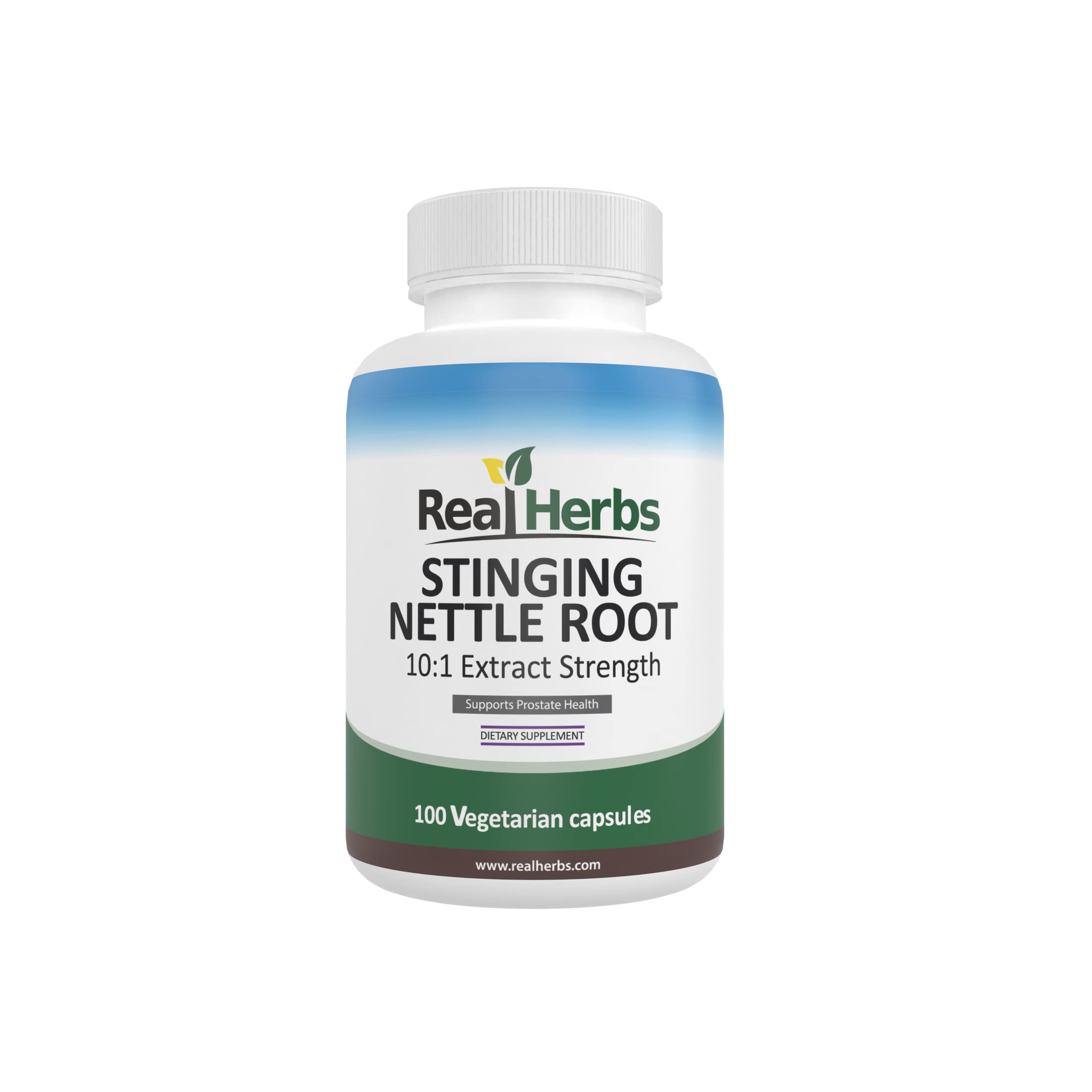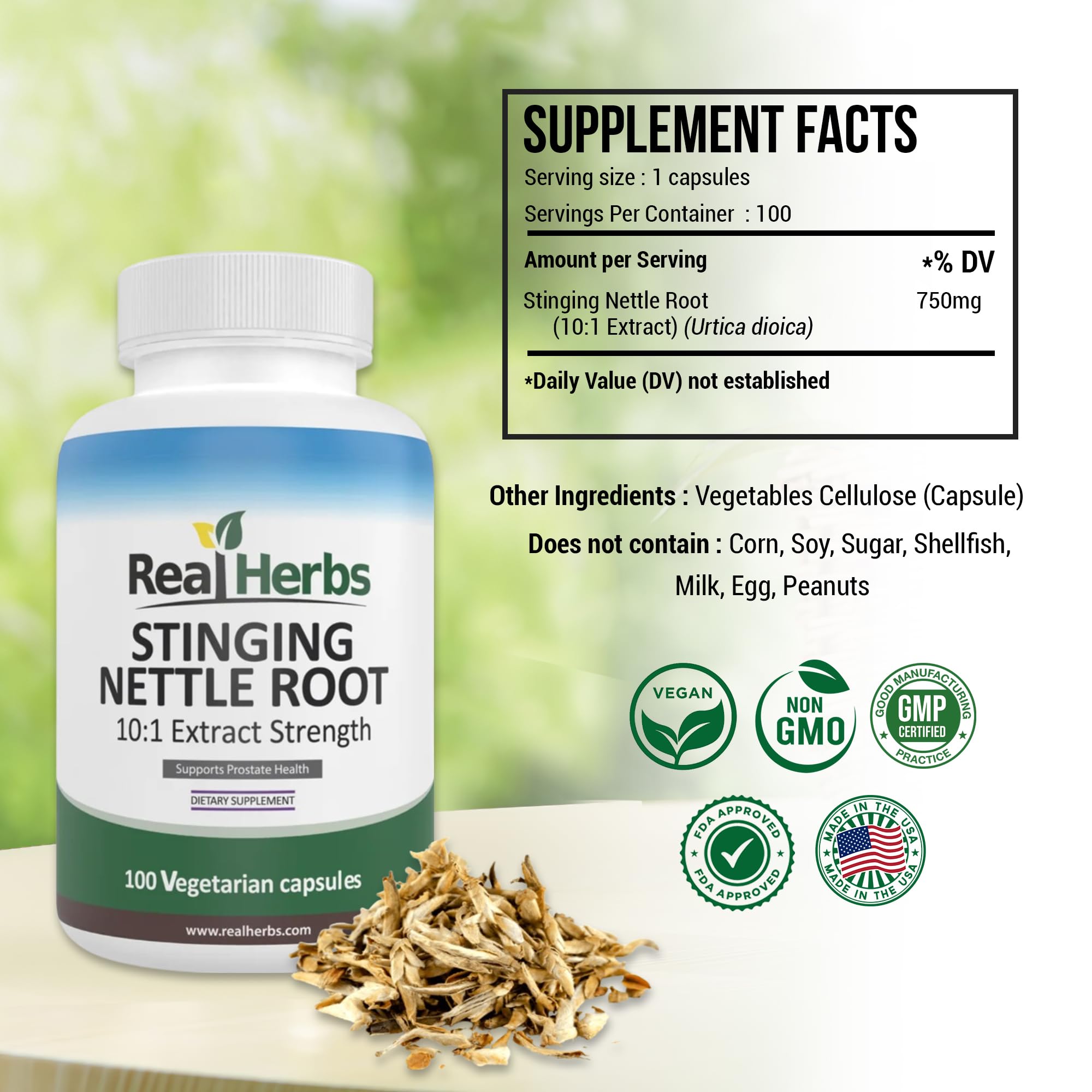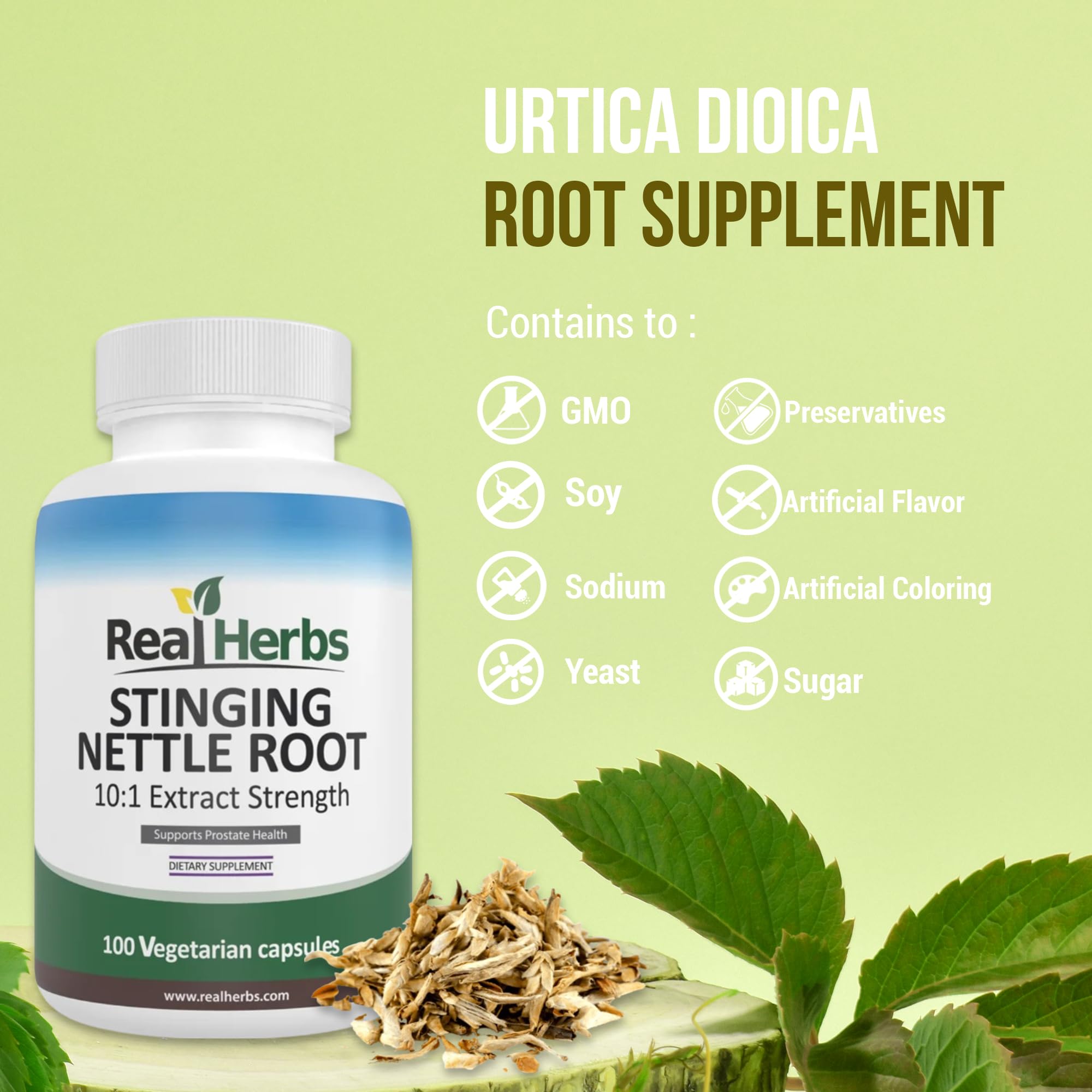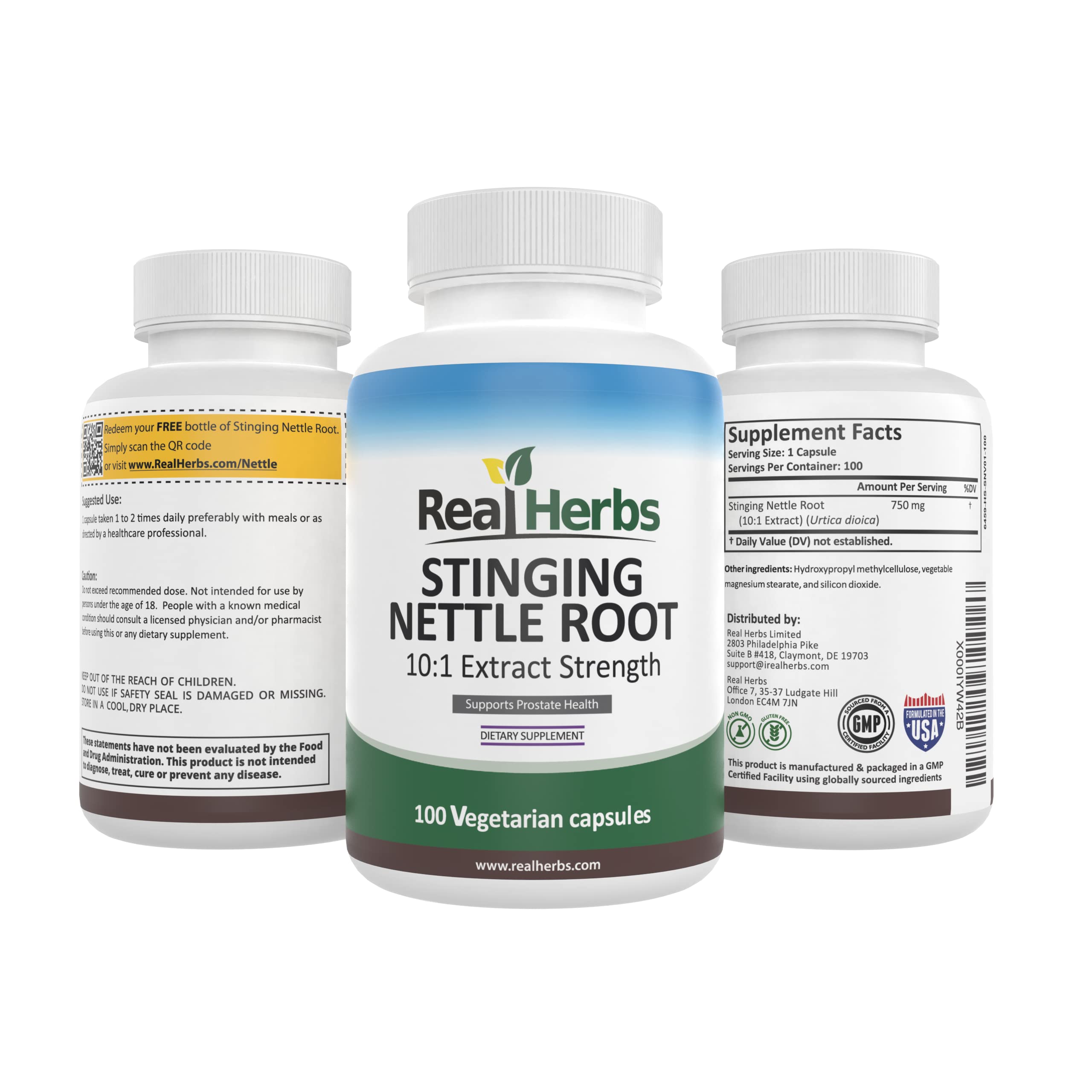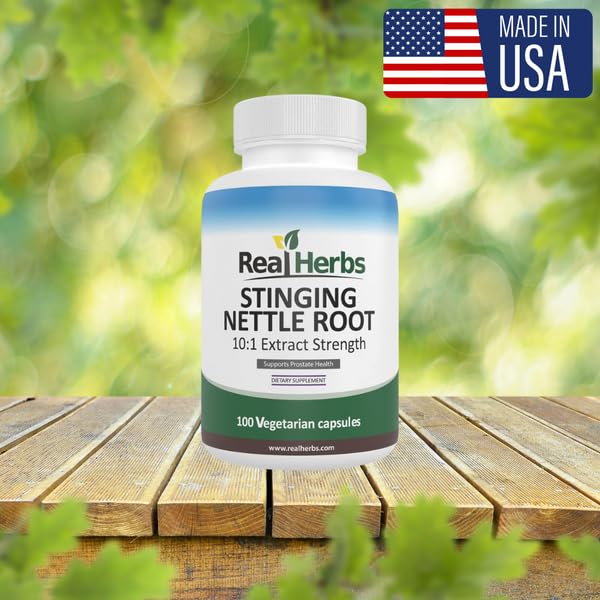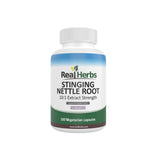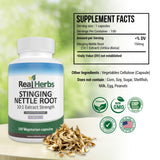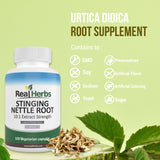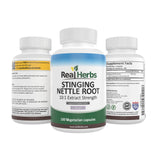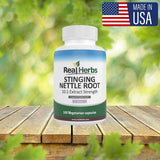Stinging Nettle Root in Ethnoveterinary Medicine: Benefits for Animal Health
Introduction
Ethnoveterinary medicine, rooted in traditional knowledge and practices, has long been an integral part of caring for the health and well-being of animals. One fascinating herbal remedy that has stood the test of time in ethnoveterinary traditions is the stinging nettle (Urtica dioica) root. This unassuming plant, often regarded for its stinging hairs, holds a wealth of medicinal properties that have been harnessed for centuries to address various health concerns in animals.
Background on Stinging Nettle
Stinging nettle, a perennial plant native to Europe, Asia, and North America, has a rich history of use in both human and veterinary medicine. Despite its stinging reputation, the plant has been valued for its nutritional content and therapeutic potential. The stinging sensation is caused by tiny hairs on the leaves and stems that release irritating substances when touched, but once processed, the plant can offer a myriad of health benefits.
Active Compounds in Stinging Nettle
The stinging nettle root contains a complex array of bioactive compounds, including polyphenols, flavonoids, and sterols. These compounds are believed to contribute to the plant's medicinal properties, making it a valuable resource in ethnoveterinary medicine. Understanding the science behind these compounds provides insights into how stinging nettle may positively impact animal health.
Ethnoveterinary Use
In various cultures around the world, the stinging nettle has played a crucial role in ethnoveterinary practices. Traditional healers and herbalists have applied its extracts and preparations to address a spectrum of health issues in animals, ranging from skin conditions to internal ailments. Examining these historical uses provides a foundation for exploring the potential benefits stinging nettle root may offer to modern veterinary practices.
Benefits for Animal Health
Immune System Support
Stinging nettle root has been traditionally revered for its potential to support the immune system in animals. The bioactive compounds present in the root are believed to have immunomodulatory effects, aiding animals in resisting infections and maintaining overall health. Scientific investigations into these properties continue to shed light on the mechanisms behind the plant's immune-boosting potential.
Anti-Inflammatory Effects
One of the standout features of stinging nettle is its anti-inflammatory properties. In ethnoveterinary medicine, the plant has been utilized to alleviate inflammatory conditions in animals, such as arthritis or joint pain. Studies suggest that certain compounds in stinging nettle may inhibit inflammatory pathways, offering a natural alternative for managing inflammation-related issues in animals.
Antioxidant Properties
The presence of antioxidants in stinging nettle root is noteworthy for its potential to combat oxidative stress in animals. Antioxidants play a crucial role in neutralizing free radicals, contributing to cellular health. By incorporating stinging nettle into ethnoveterinary practices, there may be an opportunity to provide animals with additional antioxidant support, potentially reducing the impact of oxidative damage.
Nutritional Value
Beyond its medicinal properties, stinging nettle root also boasts nutritional value. Rich in vitamins, minerals, and essential nutrients, the plant can serve as a valuable dietary supplement for animals. Integrating stinging nettle into animal diets may contribute to overall well-being, providing essential elements that support various bodily functions.
Scientific Studies and Research
Scientific inquiry into the efficacy of stinging nettle root in ethnoveterinary medicine is gaining momentum. Recent studies have explored its impact on different animal species, examining outcomes such as improved immune function, reduced inflammation, and enhanced overall health. While more research is needed to fully understand the mechanisms and optimal usage, preliminary findings suggest promising avenues for further exploration.
Methods of Administration
Stinging nettle root can be administered to animals in various forms, including extracts, tinctures, or as part of their diet. The method of administration may depend on the specific health concern being addressed. It's crucial to consider factors such as the size and species of the animal, as well as consulting with a veterinary professional to determine appropriate dosages.
Case Studies or Anecdotes
Examining case studies and anecdotes can provide real-world insights into the practical application of stinging nettle root in ethnoveterinary medicine. While individual experiences may vary, these stories offer glimpses into the potential benefits observed in animals. For instance, there have been reports of improved mobility in older animals with joint issues after incorporating stinging nettle supplements into their diets. These firsthand accounts contribute valuable context to the broader understanding of the plant's impact on animal health.
Potential Risks and Side Effects
While stinging nettle is generally considered safe, it's essential to acknowledge potential risks and side effects, especially when using it in ethnoveterinary practices. Some animals may be sensitive to the plant, experiencing mild gastrointestinal upset or skin irritation. Care should be taken to properly process the nettle to neutralize its stinging properties before administration. Additionally, consulting with a veterinarian is crucial to ensure that stinging nettle is a suitable option for the specific animal and health condition.
Conclusion
In conclusion, the utilization of stinging nettle root in ethnoveterinary medicine presents a compelling avenue for enhancing animal health. The plant's rich history, coupled with emerging scientific research, underscores its potential benefits for immune system support, anti-inflammatory effects, antioxidant properties, and nutritional value. As the scientific community continues to explore the depths of stinging nettle's potential, its integration into modern veterinary practices holds promise for a holistic approach to animal well-being.

